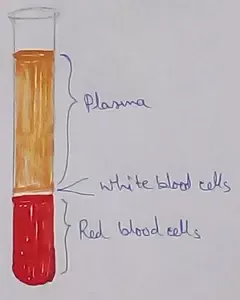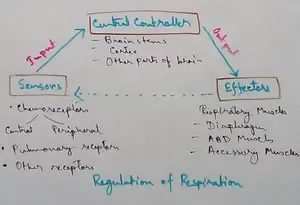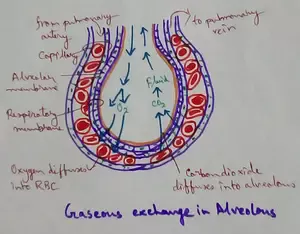Comparison of Adjectives
Adjectives serve the dual purpose of being used as modifying words and indicating the position on a scale of comparison. The lowest point is known as the absolute form, the middle point is known as the comparative form, and the highest point is known as the superlative form.
Forming comparative and superlative from the base form is easy.
The form depends on the number of syllables in the original form.
One syllabled adjective
Add ‘er for comparative and ‘est’ for superlative.
If the adjective has a consonant and a single vowel and a final consonant then the final consonant must be doubled before adding the ‘er’.
|
Base Tall Fat Big Sad |
Comparative Taller Fatter Bigger Sadder |
Superlative Tallest Fattest Biggest Saddest |
Two syllabled Adjectives
I. Adjectives with two syllables can form the comparative for either by adding the suffix ‘er’ or preceding the adjective with ‘more’.
Superlative can be formed taking the suffix ‘est’ or by preceding it with ‘most’.
Though in most cases both can be interchangeably used , in cases of uncertainty, it is always best to opt for ‘more’ and ‘most’ to form Comparative and Superlative, respectively.
II. For adjectives, ending in ‘y’ change the ‘y’ to and ‘I’ before adding the ‘er’ or ‘est’.
|
Base Happy Simple Busy Tilted |
Comparative Happier Simpler Busier More tilted |
Superlative Happiest Simplest Busiest Most Tilted |
Three or more syllables
Adjectives with three or more syllables form Comparative by using ‘more’ and ‘most’ for Superlative.
However, there is a long list of irregular comparatives and superlatives where a totally different word is used.
|
Base Good Bad Little Much Far |
Positive Better Worse Less More Further/farther |
Superlative Best Worst Least Most Furthest/ Farthest |
We can also look at Comparison of Adjectives from another viewpoint:
1. Comparison of Similarity
2. Comparison of Difference
1. Comparison of Similarity
· X(be) + as +adjective +as+Y
Here, the positive form is itself used for comparisons as in the following sentences.
e.g.: A is as tall as B.
Which shows that both share similarity of characteristic, the difference lies in the degree of similarity.
· To show a passage of time , we may make use of different forms of the verb (be)
e.g.: The weather in Patna was as hot as in Jaipur, that day.
I have been as busy as him lately.
2. Comparison of Difference
· X (be) + (single syllable adjective +er)/ (more+two syllable or more adjective)/ ( two syllable adjective –y* ending + ier) / (more + three syllable adjective) + than Y.
e.g.: The north is drier than the South.
The village is more peaceful than the city.
The next recital will be easier than the last one.
The Mountains are more beautiful than the plains.
• ‘Less’ is also used to make comparisons of difference, where the difference is in degree / intensity.
e.g.: She is less friendly than her sister.
Manali is less cold than Shimla.
· ‘Far’ and ‘Much’ are also used to emphasize a wide difference.
e.g.: The Punjabi weddings are far louder than Bengali marriages.
The backwaters of Kerala are far more beautiful than many a foreign locales.
English Grammar and Composition
From Comparison of Adjectives to HOME PAGE
Recent Articles
-
What Is Plasma? | Blood Plasma | Proteins | Nutrients | Cholesterol
Nov 07, 25 10:29 AM
Blood is a mobile fluid which is a connective tissue and is derived from the mesoderm like cell any other connective tissue. Colour of blood is reddish and that flows inside the blood vessels by means… -
Disorders of Respiratory System | Tuberculosis | Pleurisy | Emphysema
Oct 28, 25 11:39 PM
Tuberculosis is very common disease and is caused by a type of bacteria called Mycobacterium tuberculosis. This disease causes different trouble in the respiration and infection of several parts of th… -
Regulation of Respiration | Respiratory Centres | Inspiratory Area |
Oct 14, 25 12:13 AM
Respiratory Centre is the area that controls the rate of respiration and it is observed to be located in medulla oblongata and pons. Respiratory Centre has the following will dispersed components like… -
Explain Transport of Gases | External Respiration | Tissue Respiration
Oct 09, 25 11:35 PM
In humans gaseous exchange is completed in the following ways the steps are - External Respiration or Breathing - Breathing in false taking in of Oxygen and giving out of carbon dioxide in the body. M… -
Kind and Number of Teeth | Location of Teeth in Mouth | Care of Teeth
Sep 11, 25 12:52 AM
Kind and Number of Teeth





New! Comments
Have your say about what you just read! Leave me a comment in the box below.